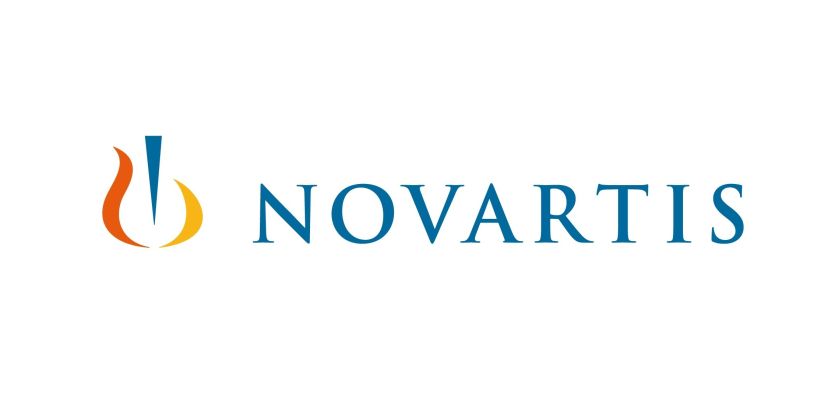
Biopharmaceutical incumbent Novartis AG (NYSE:NVS) stock has struggled of late, having had something of a bumper first half of the year, reaching May highs of a little over $105, but having since corrected to around 7% from these highs on a number of troubling announcements. One of which, was the potential for a $3.3 billion fine over reported kickbacks used by the company to boost revenues from two drugs that come under the remit of Medicaid and Medicare.
Now, however, it looks as though we are finally going to get some reprieve, and we may see this recent correction as just that – a profit-taking from highs and, in turn, an opportunity to get in at a discount on any potential upside we still have left in biotech this year. So, with this said, what sparked the turnaround in sentiment, and why might it be important for Novartis?
Well, we heard on July 7, 2015, that the FDA approved Novartis’s novel heart failure treatment Entresto. The treatment is the first of a class of drugs referred to as Angiotensin Receptor Neprilysin Inhibitors (“ARNIs”) to receive approval in the US, and the news comes more than a month and a half in advance of its expected approval date – primarily as a result of fast-track designation and an expedited review process. News/media is referring to the drug as a blockbuster, and one that could add a significant revenue stream to Novartis’s pipeline ahead of the upcoming patent cliff that threatens to unhinge a number of the mega-bio companies over the next five or ten years. So, let’s have a quick look at the drug, see how it works and what it could mean potentially for Novartis going forward.
Compared with other drug mechanisms we have tried to simplify over the past few months, this one is relatively easy going. In our blood system, we have what’s called an angiotensin II receptor, the type 1 version of which is responsible for vasoconstriction, which is a key component of maintaining blood pressure in the human body. Entresto is an inhibitor of this receptor, meaning it causes vasodilation and increases excretion of sodium and water by the kidneys. The first serves to reduce blood pressure and the second translates to a reduction in blood volume, also reducing blood pressure on aggregate.
The trial on which we got approval was an 8442 patients study called PARADIGM-HF, in which the company compared Entresto with enalapril, a current standard of care treatment. Results showed a reduced risk of death from cardiovascular causes across the trial size of 20%, a reduced rate of heart failure hospitalizations of 21% and a 16% reduction in the risk of all-cause mortality. The primary endpoint – a composite measure of CV death or time to first half failure hospitalization came in at a 20% reduction. On approval, Dr. Milton Packer, Professor and Chair for the Department of Clinical Sciences at University of Texas Southwestern Medical Center, Texas, USA had this to say:
The very meaningful survival advantage of Entresto seen in the PARADIGM-HF trial should persuade physicians to consider Entresto for all appropriate patients, in place of traditional ACE inhibitors or angiotensin receptor blockers… Entresto is expected to change the management of patients with HFrEF for years to come.
So how big is the market? Well, there are close to 6 million people in the US that suffer from heart failure, with about 3 million of these having the reduced ejection fraction form – the form at which Entresto is targeted. This subsector of heart failure patients represent a global market size of more than $5 billion, with approximately $2.5 billion of this $5 billion generated out of the US.
So how will this play into the whole patent cliff situation? Well, between now and 2020, there are an estimated $32 billion in global sales expected to be lost across 10 major treatments currently under patents and held by biotechnology incumbents. Novartis already fell foul to one of its leading treatments (in fact, is leading treatment for about a decade) Diovan, as its patent for the treatment expired in 2011 and translated to about $4 billion in annual revenue loss for the company. In response, the big biotech’s are looking to branch out into potential blockbuster markets, and the approval of this treatment is one of Novartis’s wins in the space. While only a number of other blockbuster treatments to counter any revenue slides that come about as a result of the ongoing patent cliff situation, it’s a small step in the right direction.
So, what’s the takeaway here? Well, we will almost definitely see some upside momentum in Novartis stock throughout the latter half of this week – primarily as a result of the event driven volatility we always see in the biotech space on approvals. However, investors need be aware that we are currently in what seems to be the latter stages of a bubble in the sector, and that any investment at this stage must be considered late stage and for small, speculative gains, rather than a long-term holding.





